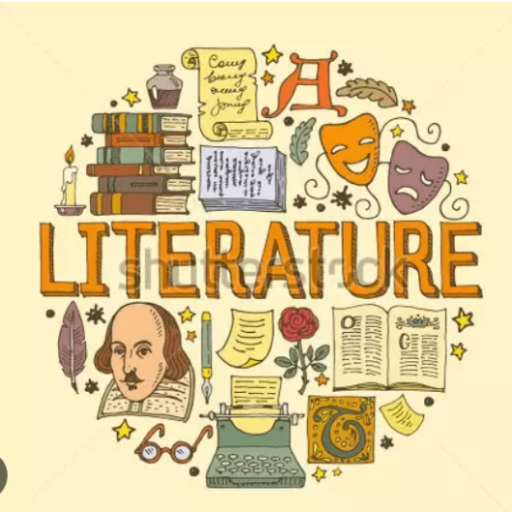In this article, we will explore the reasons Why Have Different Versions of Shakespeare’s Plays Existed Over Time? and the impact they have had on our understanding of his works.
Shakespeare’s plays have captured the hearts and minds of audiences for centuries. They are timeless classics that continue to be performed and studied today.
Advertisement
However, if you delve deeper into the world of Shakespearean plays, you’ll discover that there isn’t just one definitive version of each play. Instead, multiple versions have existed over time, leaving scholars and theater enthusiasts wondering why.
Advertisement
Why Have Different Versions of Shakespeare’s Plays Existed Over Time?
Shakespeare’s plays were written during a time when printing technology was still in its infancy. The plays were initially performed on stage, and the scripts were handed down from actors to actors. This oral tradition meant that the text of the plays was subject to change, adaptation, and interpretation.
Advertisement
Additionally, the plays were often performed in different locations with varying resources, leading to further alterations in the scripts. As a result, different versions of the plays emerged, each with its own unique characteristics.
Advertisement
The Evolution of Shakespeare’s Plays
Early Quarto Editions
During Shakespeare’s lifetime, a number of his plays were published in what are known as “quarto” editions. These small, inexpensive books were printed and sold to the public.
However, the quality of these early editions varied significantly. The printing process was often rushed, resulting in errors, omissions, and even entire scenes being omitted.
Furthermore, since the texts were often transcribed by actors or theater employees, they were susceptible to mistakes and changes. This led to different versions of the plays being published, each with its own set of variations.
The First Folio: Why Have Different Versions of Shakespeare’s Plays Existed Over Time?
In 1623, seven years after Shakespeare’s death, a collection of his plays, known as the First Folio, was published. This monumental work was compiled by two of Shakespeare’s fellow actors, John Heminges and Henry Condell, with the intention of preserving his plays for future generations.
The First Folio contained 36 plays, including some that had never been published before. It provided a more authoritative version of the plays compared to the earlier quarto editions. However, even the First Folio was not immune to inconsistencies and textual variations.
Textual Differences and Editorial Choices
One of the main reasons for the existence of different versions of Shakespeare’s plays is the lack of a definitive, original text. Unlike modern plays, Shakespeare’s works were not published by the author himself. Instead, they were printed and published by others, which introduced an element of uncertainty regarding the accuracy of the text.
Furthermore, the plays were often revised and edited by actors, theater companies, and even other playwrights. This led to variations in the text, with different editors making different choices regarding punctuation, spelling, and even entire scenes.
The Impact of Performance: Why Have Different Versions of Shakespeare’s Plays Existed Over Time?
Shakespeare’s plays were written to be performed, not read. The live performances allowed for improvisation, adaptation, and changes based on the actors’ interpretations and audience reactions.
As a result, each performance of a Shakespearean play was a unique experience, with slight differences in delivery, staging, and even dialogue. Over time, these performance choices influenced the text itself, leading to further variations in the different versions of the plays.
Translation and Cultural Adaptation
Shakespeare’s plays have been translated into numerous languages and performed in countries around the world. Each translation and adaptation introduces its own set of changes and interpretations.
Translators often make choices to ensure the play’s cultural relevance and accessibility to the target audience. These adaptations may involve altering the language, settings, or even the plot of the original play.
Consequently, different versions of Shakespeare’s plays have emerged in various languages and cultural contexts.
Editorial Interference and Restoration Efforts
Throughout history, various editors and scholars have attempted to restore the original texts of Shakespeare’s plays by comparing different versions and manuscripts.
However, these efforts have sometimes been met with controversy. Editors may prioritize certain versions over others or make assumptions about Shakespeare’s original intentions. This has resulted in the publication of multiple editions of the plays, each claiming to be the most accurate representation of Shakespeare’s works.
Conclusion: Why Have Different Versions of Shakespeare’s Plays Existed Over Time?
The existence of different versions of Shakespeare’s plays over time is a testament to the enduring appeal and cultural significance of his works.
Factors such as the oral tradition of performance, printing limitations, textual variations, performance choices, translations, and editorial interference have all contributed to the multitude of versions we have today.
Rather than viewing these variations as obstacles, we should embrace them as opportunities for deeper exploration and appreciation of Shakespeare’s timeless plays.
Frequently Asked Questions
Different versions of Shakespeare’s plays exist due to a combination of factors, including the oral tradition of performance, the limitations of early printing technology, textual variations, performance choices, translations, and editorial interference.
The existence of different versions adds complexity and depth to our understanding of Shakespeare’s plays. They highlight the fluidity and adaptability of his works, allowing for diverse interpretations and performances.
While some editions, like the First Folio, are considered more authoritative, no single version can be deemed the definitive and authentic representation of Shakespeare’s plays. Each edition has its own merits and unique features.
Although different versions may have textual variations and alternative interpretations, the core storylines and themes of Shakespeare’s plays remain intact. However, slight changes in dialogue and staging choices can influence the audience’s perception and emotional response.
Scholars and editors continue to work towards establishing the most accurate and comprehensive editions of Shakespeare’s plays. However, due to the nature of the plays and the historical context in which they were created, a single definitive version is unlikely to emerge.
The existence of different versions allows for a richer exploration of Shakespeare’s works. It encourages discussions, debates, and diverse interpretations, fostering a deeper appreciation of his enduring genius.

